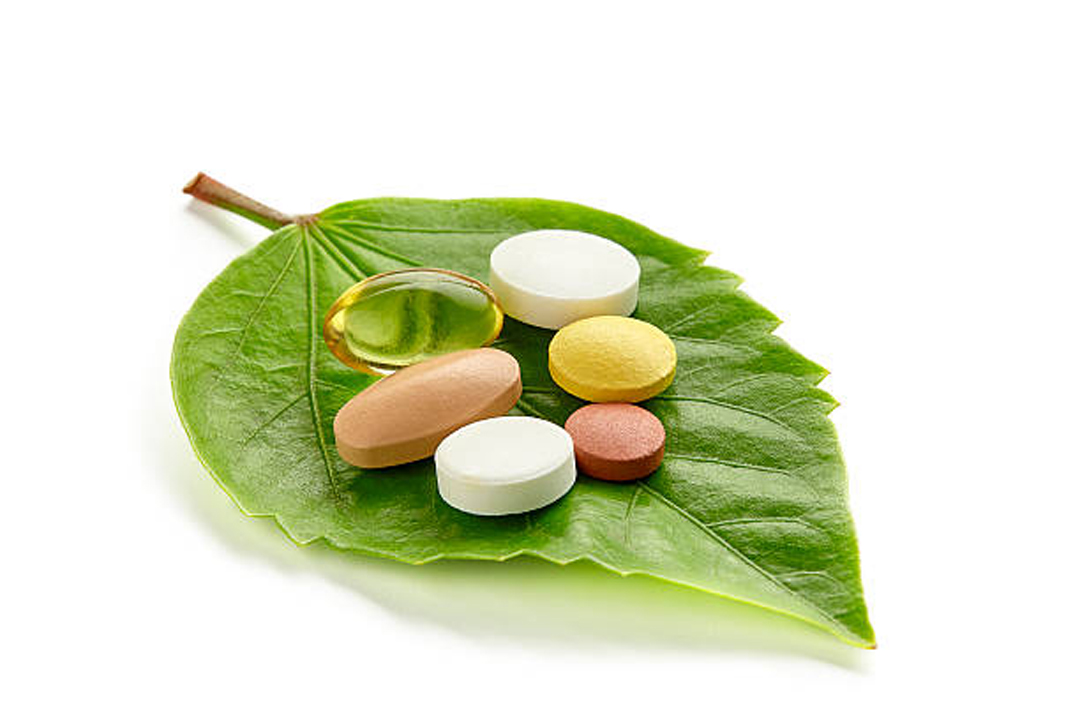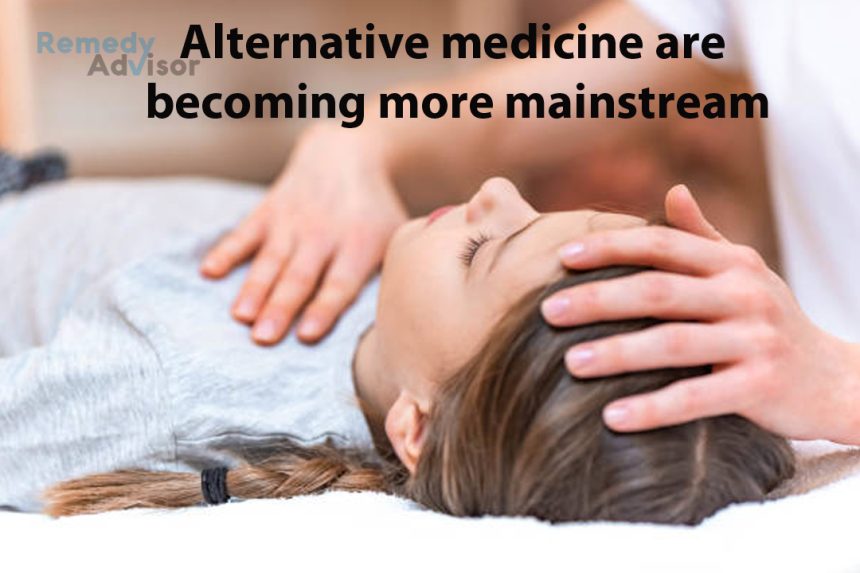Americans’ interest in alternative medicine and therapies has grown dramatically during the past few years. In the last year, more than one out of three people have used an alternative therapy to reduce stress and pain and/or help cure an ailment.
The public’s interest is so strong that the National Institutes of Health created the National Center for Complementary and Alternative Medicine, and many medical schools including Harvard, Columbia and Stanford, as well as Georgetown, where I teach now offer courses in alternative medicine.
As a physician, my concern is with finding the most effective synthesis of conventional and alternative medicines. Whenever I have any doubt about my patient’s condition, I always make sure a complete conventional diagnostic assessment is made before I begin a program of alternative therapies.
Among the alternative therapies that I have found particularly helpful…
Relaxation therapies
Many of these therapies can be self-administered and are extremely effective in reducing stress.
By reducing stress, you can lower blood pressure and improve your immune functioning. You may also be able to diminish the frequency and intensity of asthma attacks and migraine headaches and reduce chronic pain.
All relaxation therapies begin with the induction of a relaxed state. You can achieve this in many ways through deep-breathing exercises, meditation and even physical exercise. Once you are able to achieve a feeling of relaxation, you can move on to more complex therapies such as imaging or hypnosis, which are directed at specific conditions or symptoms. How they work…
• Deep breathing
Sit in a comfortable chair with your feet on the floor. Breathe deeply into your abdomen. Put a hand on your belly, feeling it rise and fall. Let the belly be soft. (Remind yourself by saying soft belly as you breathe in and out.) Begin with five or 10 minutes of this, and do it once or twice a day. Increase the amount of time as it suits you. After a while, you’ll find that a few deep breaths will be enough to create a feeling of relaxation.
• Meditation
One simple form is called concentrated meditation. As you breathe in, repeat a sound like one or a word or prayer that is meaningful to you. Focus your attention on the sound or word.
• Imaging
You can use your mind’s eye to visualize a relaxing scene, such as a placid lake or a beautiful mountain. You can also use images to affect specific physical functions. For example, visualize your immune system’s white blood cells fighting an infection or imagine more blood flowing to a stiff joint.
• Hypnosis
This state of deep relaxation can have an impact on both physical and psychological conditions. It is generally administered by a practitioner, who helps you enter a state in which you are detached from the world around you and have an increased capacity to focus. He/she can also teach you strategies for “self-hypnosis.”
Hypnosis requires that you be “suggestible” open to someone else’s instructions or your own and willing to allow your imagination to take over so that you disassociate yourself from the outside world and focus intently on whatever thought, scene, feeling or smell you are asked to conjure up.
Either the practitioner can give instructions that you will come out of the hypnotic state after a period of time, or you can give them to yourself. Contrary to popular fears, a person who is hypnotized cannot be forced to do something he would not ordinarily do.
How to find practitioners: Deep-breathing and meditation classes are commonly offered at holistic education centers, stress management clinics, community centers, community colleges and some hospitals and medical centers.
Nutritional/herbal medicine

• Vitamins and minerals
Specific nutrients, especially the antioxidants in vitamins A, C and E, beta-carotene and selenium, may be helpful in preventing some kinds of cancer or the recurrence of some forms of the disease. Some studies have also linked vitamin E to a reduction in the risk of heart disease.
What I recommend to my patients: Vitamin E/400 international units (IU), twice a day, vitamin C/1,000 milligrams (mg), once or twice a day, beta-carotene/a maximum of 25,000 IU once a day, selenium/50 micrograms, twice a day.
I also urge my patients to consume 400 micrograms (0.4 mg) of folic acid a day. Folic acid is believed to prevent several birth defects and may reduce the risk of heart disease in men and women.
- Herbs contain ingredients that have specific pharmacological effects.
In both Western natural medicine and non-Western traditions, such as the Indian, Chinese and Native American, combinations of herbs are used to improve the functioning of various organs.
Keep in mind that herbs often take longer to work than traditional Western medicines. I advise my patients to look for improvements over a period of weeks or months.
It is important to work from an authoritative guide or herbal a book about plants especially with reference to their medicinal properties and to take only the prescribed amounts. Herbs like drugs can have harmful side effects.
Herbal therapies may treat everything from allergies to migraines and improve physical and mental functions.
How to find a practitioner: Since herbalists aren’t licensed, your safest bet may be to find a physician, nurse or licensed nutritionist who uses herbs in his practice. You can also check with friends who have found someone who is competent.
Acupuncture
Acupuncture is a part of Chinese medicine. It dates back thousands of years and is often used in conjunction with herbal medicine, dietary changes and relaxation techniques.
How it works: The practitioner inserts fine needles at key points along the body that are believed to connect to organs and affect virtually all body functions.
During acupuncture, our bodies’ natural painkillers, called endorphins, are released, along with other chemicals. Acupuncture has an antidepressant effect, improves lung capacity, boosts the immune system and may enhance circulation. It is often used to alleviate pain and may be used as anesthesia for surgery. In hundreds of sites around the country, acupuncture is used to treat alcoholism and drug addiction.
How to find a practitioner: There are four times as many qualified non-physician acupuncturists as physicians who practice acupuncture. Licensing requirements vary by state.
Homeopathy
Homeopathy originated in Germany and was brought to the US in the early 19th century. Homeopathic practitioners treat illnesses by prescribing small, highly diluted doses of natural substances, which, in larger, more concentrated doses, would actually cause the patient’s symptoms.
Example: A tiny amount of an allergen, a substance that triggers an allergic response, would be used to treat an allergy.
I’ve found homeopathic remedies particularly useful in boosting immune systems and in treating nausea and vomiting, colds and flu and emotional or physical shock.
Research recommends that homeopathic cures may be effective in the cure of arthritis, hay fever and diarrhea.
How to find a practitioner: Homeopaths are not licensed, except in Arizona. Some physicians, nurses and physician assistants currently use homeopathy in their practices.
Ask the practitioner where he has studied, whether he has passed some type of certification exam and how long he has been practicing homeopathy. As with any practitioner, you might want to ask if you can speak with patients whom he has already treated.
Manipulative therapies
• Chiropractic and osteopathy
In both of these therapies, practitioners use their hands to manipulate bones in the spinal column, the neck, the head and the joints. By manipulating bones, practitioners feel they alter the functioning of the nervous and circulatory systems. They believe that manipulation affects all the internal organs, not just the musculoskeletal system.
• Doctors of Chiropractic
Doctors of Chiropractic (DCs) are licensed by each state and must complete two years of undergraduate study and a four-year course at a chiropractic college.
• Doctors of Osteopathy
Doctors of Osteopathy (DOs) receive a four-year education similar to that of a doctor. They also must complete a year-long residency and take the same licensing exams. DOs can prescribe drugs.
-
Massage therapy
Massage therapy can reduce muscle tension and stress, improve joint mobility and promote healing of some injuries.
Some states require that massage therapists be licensed or certified while other states do not. Look for a therapist who has a certificate indicating that he has passed the national exam of the American Massage Therapy Association.
Some licensed physical therapists and registered nurses now practice massage therapy.







